In an informative discussion with Nikhil Gupta, Head of Marketing, Strategy, Government Affairs & CSR at Signify, Greater India, we delve into the profound social and economic impacts of Signify's CSR programs, particularly their flagship initiative, "Har Gaon Roshan.” Beyond the immediate improvement of lighting availability, Signify meticulously measures long-term benefits such as enhanced educational attainment and economic opportunities in target communities. Gupta shares insightful data from field assessments in Uttar Pradesh, revealing that 91.8% of respondents observed increased outdoor play and study time for children, while 95.3% reported improved safety and mobility for women. This meticulous approach underscores Signify's commitment to fostering sustainable development through comprehensive impact evaluations.
Gupta emphasizes the significance of community involvement in the planning and execution of CSR initiatives, ensuring long-term sustainability and relevance. By partnering with grassroots NGOs and establishing Village Energy Committees, Signify integrates local insights and fosters community ownership. Such initiatives not only address immediate needs but also build a foundation for enduring social change. To discover more about Signify's innovative approaches to gender equality, sustainability, and scalable impact, delve into this compelling interview that highlights the transformative potential of responsible corporate citizenship.
Scroll down to read the full interview:
Q. How does Signify measure the long-term social and economic impact of its CSR programs beyond immediate improvements like lighting availability? For example, how do initiatives like "Har Gaon Roshan" contribute to educational attainment or economic opportunities in target communities?
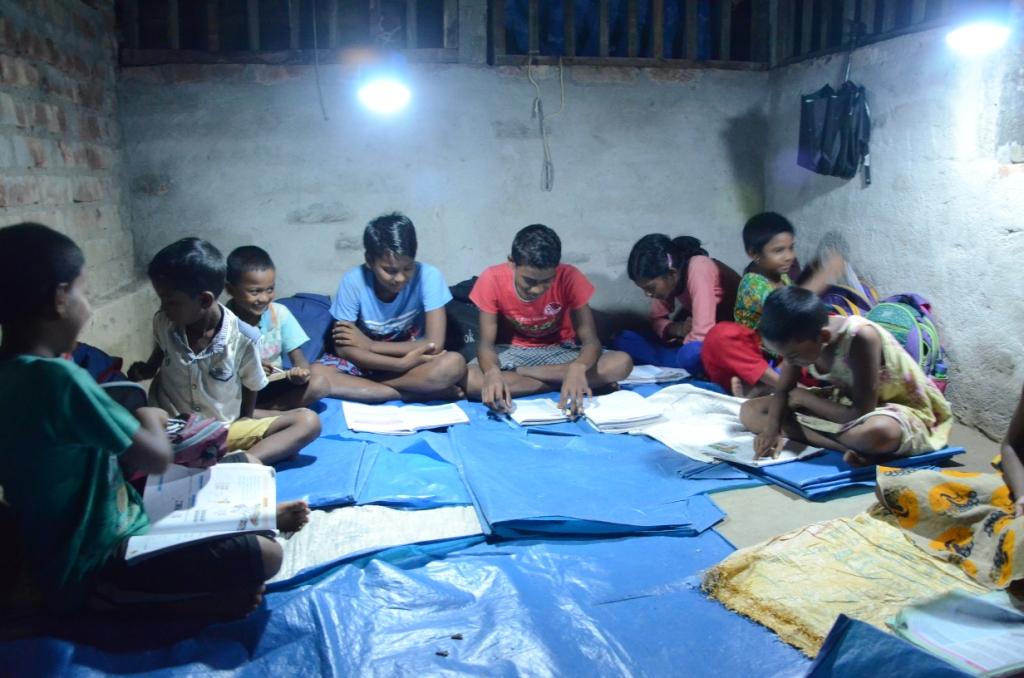 A. Signify measures the long-term social and economic impact of its CSR programs through conducting surveys, impact assessments, monitoring, and evaluation. The CSR programs are designed to address immediate concerns that have a long-term impact on the community. For example, the field assessment reports around the 'Har Gaon Roshan' initiative - a village lighting program, highlight its impact on the community beyond immediate improvements like lighting availability. The survey conducted in 15 forest fringe villages in UP, with over 600 respondents demonstrated the program's numerous long-term benefits, like:
A. Signify measures the long-term social and economic impact of its CSR programs through conducting surveys, impact assessments, monitoring, and evaluation. The CSR programs are designed to address immediate concerns that have a long-term impact on the community. For example, the field assessment reports around the 'Har Gaon Roshan' initiative - a village lighting program, highlight its impact on the community beyond immediate improvements like lighting availability. The survey conducted in 15 forest fringe villages in UP, with over 600 respondents demonstrated the program's numerous long-term benefits, like:
- For instance, 91.8% of respondents agreed that the light timing have helped children spend more time playing outdoors and studying outside
- 95.3% of respondents reported that women feel safer in public places after the installation of lights, which has increased their mobility and enhanced their sense of security
- Before the installation of lights, 98% of respondents reported interruptions caused by wild animals every week, and now after the installation, 94% of respondents reported that it had reduced interruptions caused by wild animals
This demonstrates the long-term social and economic impact of the 'Har Gaon Roshan' initiative and its contribution to educational attainment, women's & children's health, economic opportunities, and community safety. By using a range of indicators to measure the impact of its CSR programs, Signify ensures that it can provide a comprehensive understanding of the long-term social and economic impact of its initiatives beyond immediate improvements.
Q. Beyond project implementation, how does Signify involve local communities in the planning and execution of its CSR initiatives? This could involve aspects like identifying needs, selecting beneficiaries, or ensuring program sustainability.
A. Signify places great importance on engaging local communities in the planning and execution of its CSR initiatives. To ensure the long-term sustainability of its programs, the company partners with grassroots NGOs and collaborates closely with local communities.
- For the Har Gaon Roshan program, Signify works with NGOs to create Village Energy Committees (VEC) that include women and have the responsibility of ensuring the installed systems are running smoothly. The VEC is responsible for identifying and reporting any issues related to the installed systems and ensuring timely resolution
- For the Khel Jyoti program, local communities are considered crucial stakeholders, and they provide their full involvement from obtaining NOCs from panchayats to project execution. The grassroots NGOs that Signify partners with have established strong relationships with local communities, which creates a conducive environment for project success
Signify's approach to involving local communities in its CSR initiatives ensures that the programs are tailored to the specific needs of the communities and are sustainable in the long term.
Q. Signify's "RatriChaupal" program specifically addresses women's safety. How does the company integrate a gender equality lens across all its CSR initiatives, ensuring inclusivity and empowerment for women beyond physical safety?
A. Signify’s CSR strategy and initiatives resonate with the brand's purpose which is to unlock the extraordinary potential of light for brighter lives and a better world. The brand is strongly committed to its CSR initiatives in line with the vision for developing underprivileged diverse communities, integrating gender equality, and ensuring inclusivity and empowerment for women beyond physical safety. The RatriChaupal program is a part of Signify's larger flagship CSR program, Har Gaon Roshan, which is aimed at transforming rural India through sustainable lighting solutions. The idea for the RatriChaupal initiative came about during a focused group discussion with community members, where it was identified that women living in rural villages face various challenges related to safety and access to information. Under this program, Signify is illuminating communal spaces in villages to enable women to gather safely after sunset and attend night school and various information sessions on health, nutrition, agriculture, women's safety, government schemes, and financial literacy.

Q. Many CSR programs face challenges in scaling up. How does Signify leverage partnerships with NGOs, government agencies, or private sector companies to expand the reach and impact of its initiatives across different regions?
A. Being a leader in the lighting segment, Signify has been at the forefront when it comes to potential opportunities. Signify understands the challenges of scaling up and has established partnerships with NGOs and some private sector companies to expand the reach and impact of its initiatives across different regions.
- The company has curated adaptable CSR programs, such as the Har Gaon Roshan program, which has been executed in more than 16 states, including remote areas like Tawang in Arunachal Pradesh, Majuli Island in Assam, and Sundarbans in West Bengal.
- Signify focuses on grassroots NGOs that work closely with the local community, as they are better positioned to understand their needs and ensure community participation in sustainable programs
- The company also partners with corporate foundations such as JSW Foundation, Bharti Airtel Foundation, HCL Foundation, that share a collective vision of sustainable development to drive greater impact. By leveraging these partnerships, Signify can tap into the expertise, resources, and networks of different organizations and work towards a common goal of sustainable development
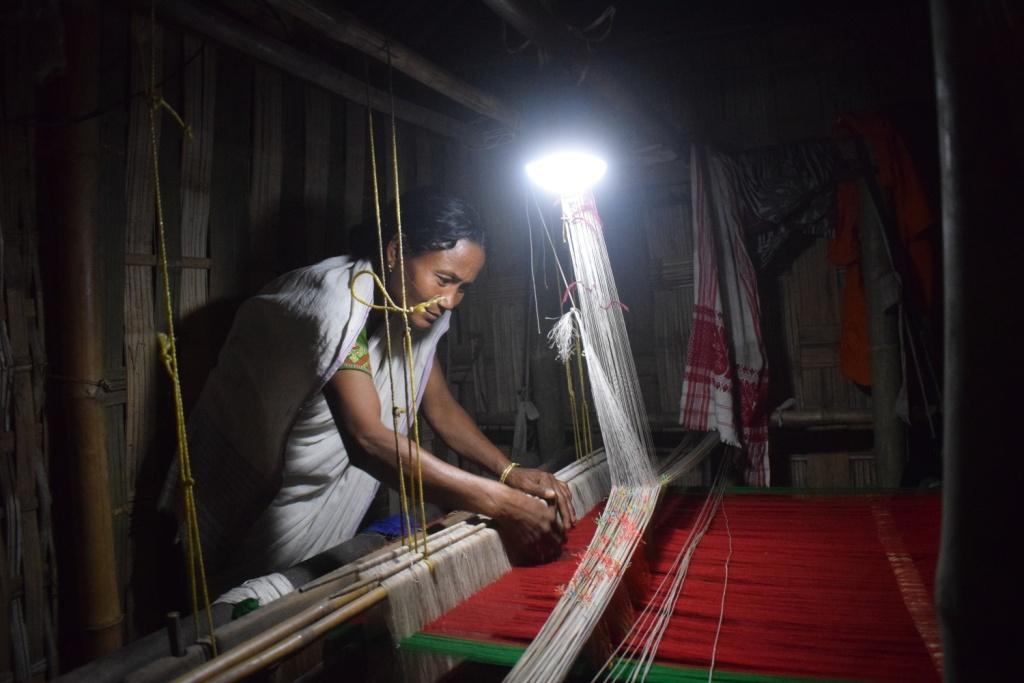 Q. How does Signify ensure the long-term sustainability of its lighting solutions in rural areas? This could involve aspects like maintenance training for local communities, warranty programs, or spare parts availability.
Q. How does Signify ensure the long-term sustainability of its lighting solutions in rural areas? This could involve aspects like maintenance training for local communities, warranty programs, or spare parts availability.
A. At Signify, we believe in bringing the best, and long-term sustainability lies at the core of our brand values. In rural areas, to ensure this, we have implemented a comprehensive approach that involves various measures to ensure the effectiveness, reliability, and durability of our lighting solutions in challenging environments.
- One of the primary strategies that we use is involving community members as an integral part of the project. This helps to create a sense of ownership and responsibility among the local communities, which is crucial in ensuring the proper maintenance and operation of the lighting systems
- To ensure the quality and durability of our lighting solutions, we select high-quality products that come with 4-5-year warranties. This helps to ensure that the lighting systems can withstand the harsh weather conditions that are often present in rural remote areas
- We also have a clear service level agreement (SLA) with our implementing partners and vendors in case of major faults or malfunctions, ensuring that any issues are addressed quickly and efficiently to maximize the effectiveness of the lighting systems. Finally, we provide periodic maintenance of our lighting systems to ensure proper utilization and reliability over the long-term
Hence, our multifaceted approach to ensuring the long-term sustainability of our lighting solutions in rural areas reflects our commitment to corporate social responsibility and our desire to make a positive impact in the world.
Q. Beyond basic illumination, how is Signify exploring innovative lighting solutions that can address specific needs in rural communities? For example, could solar lanterns offer functionalities like mobile phone charging or educational resources?
A. Signify focuses on exploring innovative lighting solutions that can address specific needs in rural communities beyond basic illumination. These solutions include advanced portable solar lights, motion sensor solar streetlights, lights to reduce human-wildlife conflicts, lights to increase agricultural yield, lighting to increase the efficiency of poultry farms, and lighting to disinfect public spaces.
- ‘All In One’ solar street light is an innovative street lighting solution that is ideal for rural and urban areas anywhere, boasting low maintenance costs, easy installation, and increased safety with motion-activated dimming capabilities
- Portable solar lights can help in education in un-electrified areas or areas that face regular power cuts. These lights can be used as a source of light for studying and can also be used to charge mobile phones, providing a much-needed source of power for communication
- Motion sensor solar streetlights are equipped with sensors that turn on and off the lights based on the movement in the area, saving energy and providing autonomy
- Numerous lighting solutions are also being used to create specific light conditions that promote the growth of crops, improve the efficiency of poultry farms, and disinfect public spaces
Q. Does Signify collect and analyze data from its CSR programs to identify trends, optimize interventions, and inform future program design? This data could involve metrics on project effectiveness, community needs, or participant feedback.
A. Signify recognizes the importance of measuring the effectiveness of its CSR programs. We go beyond participating in good work, we strive to understand and optimize our interventions for maximum impact. This commitment is reflected in our comprehensive impact assessment process. We employ a multifaceted approach that gathers both qualitative and quantitative data that includes:
- Field Visits: Our teams visit project sites firsthand to observe implementation and gather insights
- Focus Group Discussions: We engage directly with the community members to get their perspective
- Baseline Study Review and Endlines: We establish benchmarks at the program's outset and track progress against those metrics, to measure the program's true impact
- Stakeholder Inputs: We actively solicit feedback from all parties involved, including community leaders, beneficiaries, and partners
- Data Analysis (Qualitative and Quantitative): We analyze the collected data allowing us to identify trends, understand the program's strengths/weaknesses, and assess its overall effectiveness
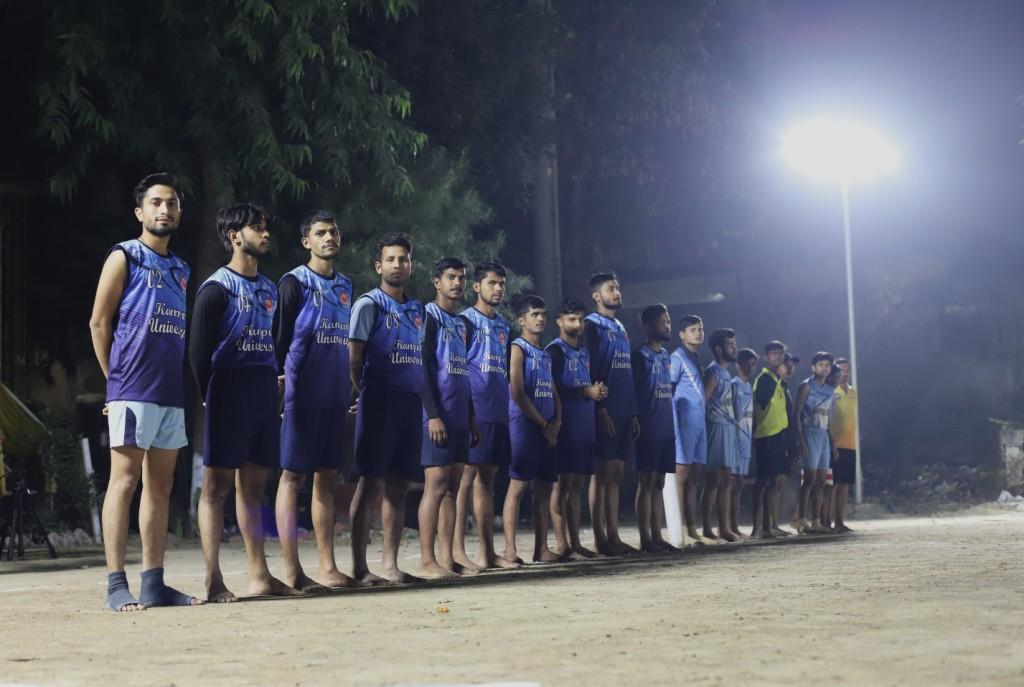 Q. Does Signify share best practices and lessons learned from its CSR programs with other companies in the lighting industry? This could foster a collaborative approach to tackling rural development challenges.
Q. Does Signify share best practices and lessons learned from its CSR programs with other companies in the lighting industry? This could foster a collaborative approach to tackling rural development challenges.
A. As a responsible company, we aim to use our expertise and knowledge of lighting to give back to the communities and make world a better place. We believe in the power of collaboration and knowledge sharing; hence we actively come up with case studies and social media updates to share best practices not just in the lighting industry but across sectors. Our goal is not just to drive progress, but to contribute to the overall advancement of sustainable and socially responsible practices. We understand that by working together, we can make a greater impact and truly make a difference in the communities we serve.
Q. When defining success for its CSR initiatives, how does Signify move beyond quantitative metrics like the number of villages illuminated? What qualitative aspects, such as community empowerment or social change, are considered as measures of success?
A. As a responsible leader, Signify recognizes that the number of villages, schools, playgrounds & health centers illuminated isn't enough in the long run. To gauge the true impact apart from robust quantitative analysis, we delve into qualitative aspects like:
- Community empowerment: Does the new lighting make people feel safer and more secure after dark? Does it allow for extended community activities in the evenings?
- Social change: Does the lighting improve educational opportunities by letting children extend their study hours? Does it stimulate economic activity by enabling shops to extend business hours?
By considering these qualitative factors, we gain a deeper understanding of how our CSR initiatives are truly transforming the communities we serve.




 A. Signify measures the long-term social and economic impact of its CSR programs through conducting surveys, impact assessments, monitoring, and evaluation. The CSR programs are designed to address immediate concerns that have a long-term impact on the community. For example, the field assessment reports around the 'Har Gaon Roshan' initiative - a village lighting program, highlight its impact on the community beyond immediate improvements like lighting availability. The survey conducted in 15 forest fringe villages in UP, with over 600 respondents demonstrated the program's numerous long-term benefits, like:
A. Signify measures the long-term social and economic impact of its CSR programs through conducting surveys, impact assessments, monitoring, and evaluation. The CSR programs are designed to address immediate concerns that have a long-term impact on the community. For example, the field assessment reports around the 'Har Gaon Roshan' initiative - a village lighting program, highlight its impact on the community beyond immediate improvements like lighting availability. The survey conducted in 15 forest fringe villages in UP, with over 600 respondents demonstrated the program's numerous long-term benefits, like: 
 Q. How does Signify ensure the long-term sustainability of its lighting solutions in rural areas? This could involve aspects like maintenance training for local communities, warranty programs, or spare parts availability.
Q. How does Signify ensure the long-term sustainability of its lighting solutions in rural areas? This could involve aspects like maintenance training for local communities, warranty programs, or spare parts availability. Q. Does Signify share best practices and lessons learned from its CSR programs with other companies in the lighting industry? This could foster a collaborative approach to tackling rural development challenges.
Q. Does Signify share best practices and lessons learned from its CSR programs with other companies in the lighting industry? This could foster a collaborative approach to tackling rural development challenges.
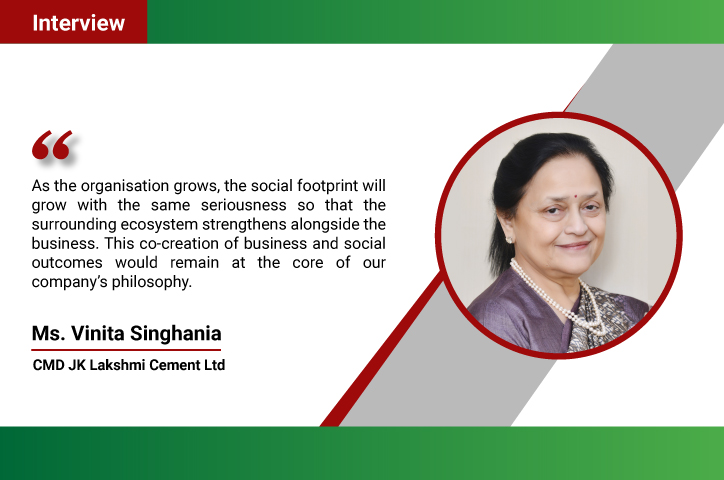
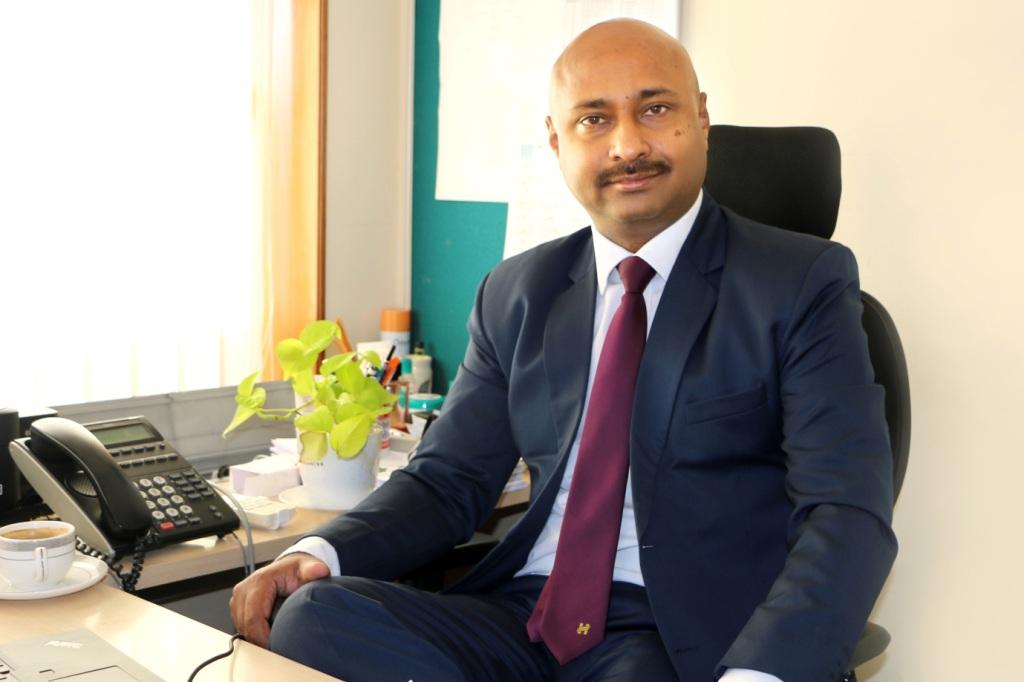

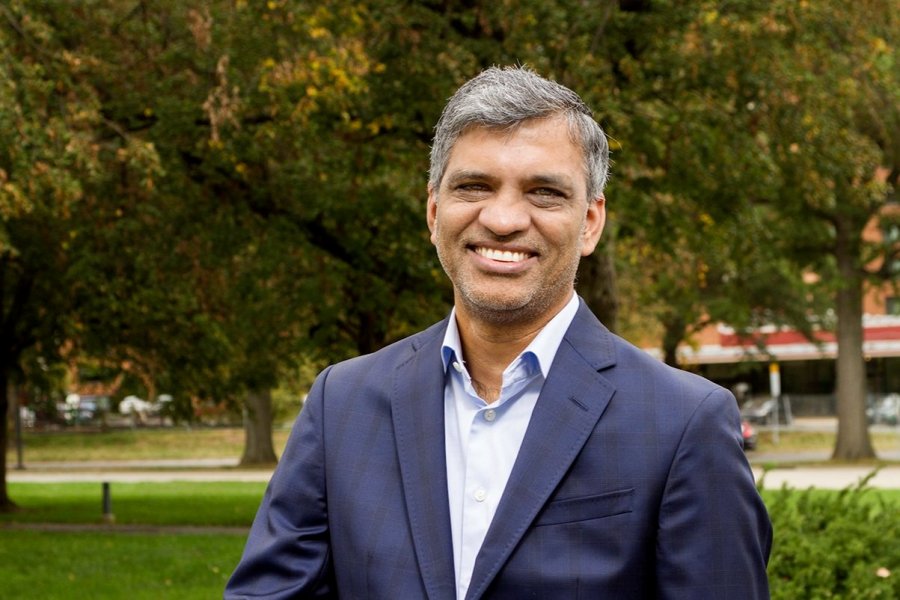
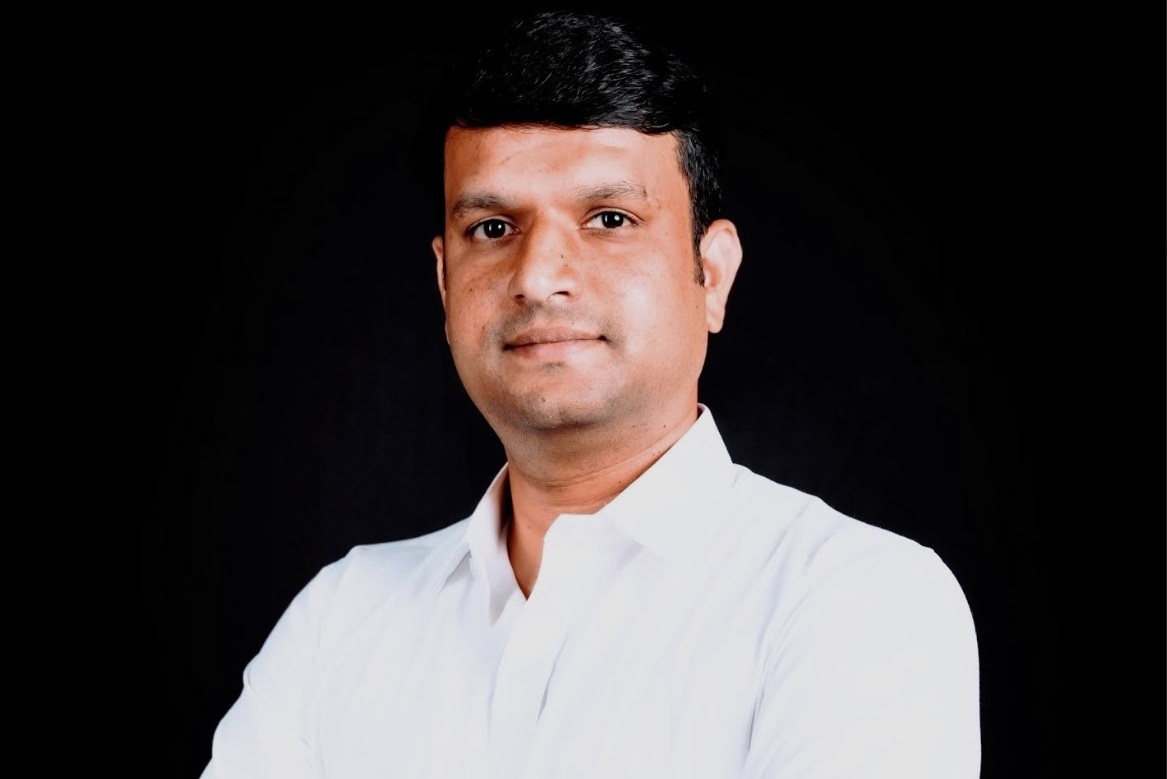

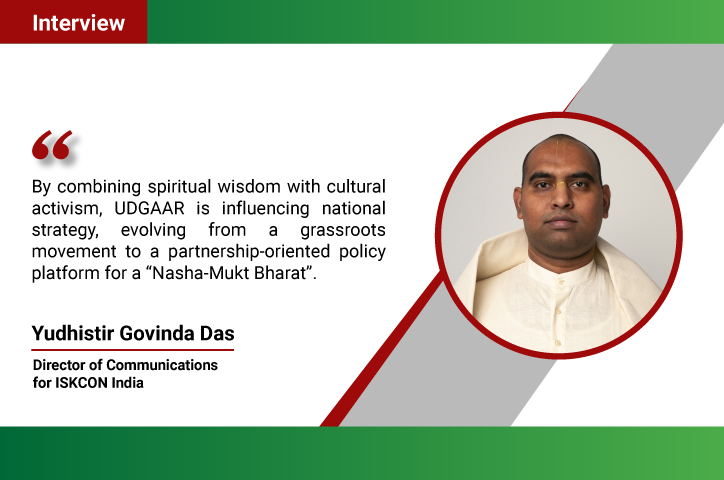
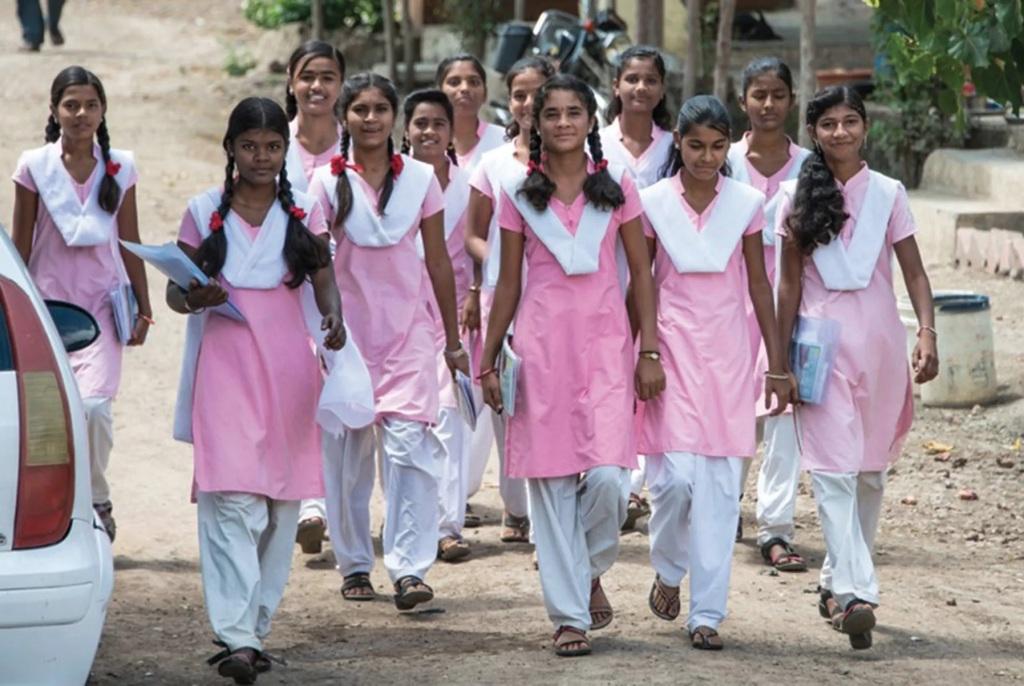
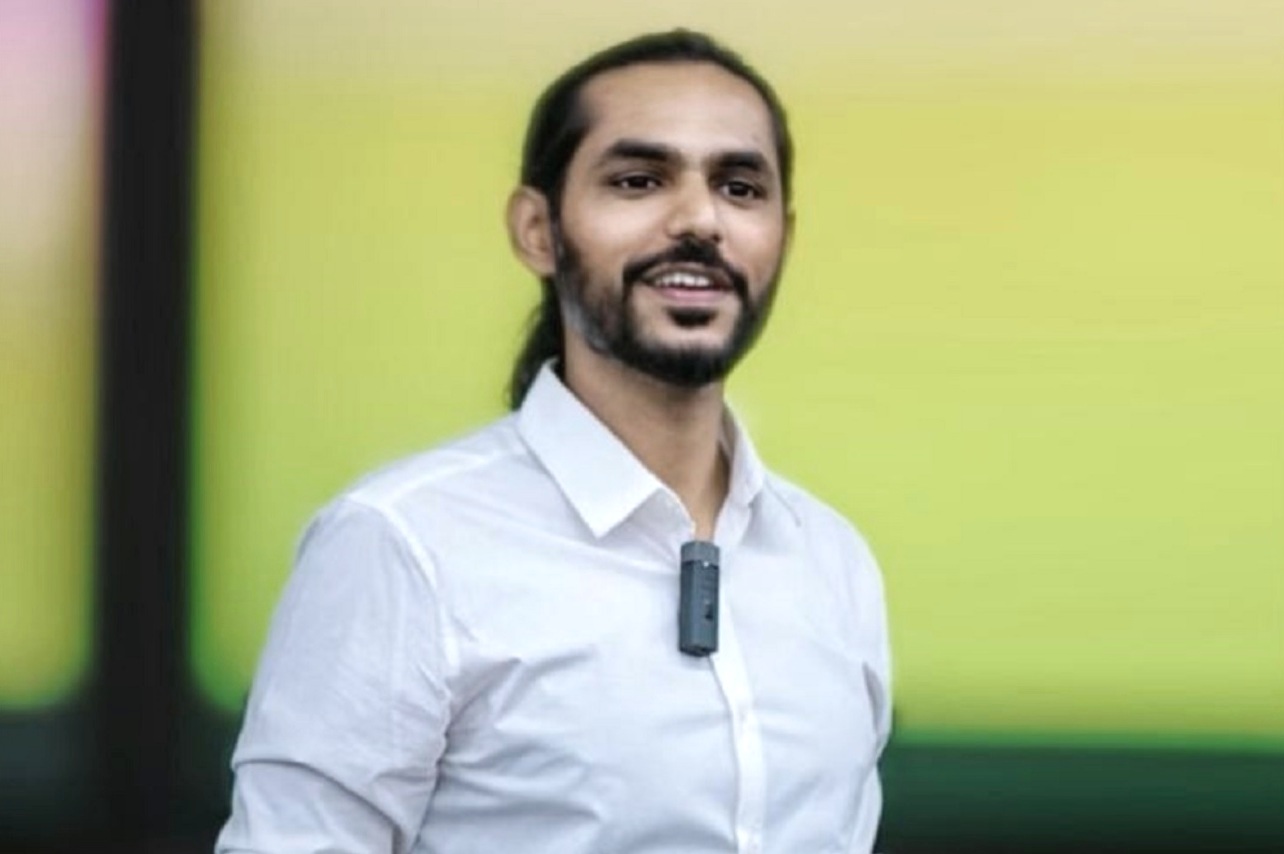



.jpg)




